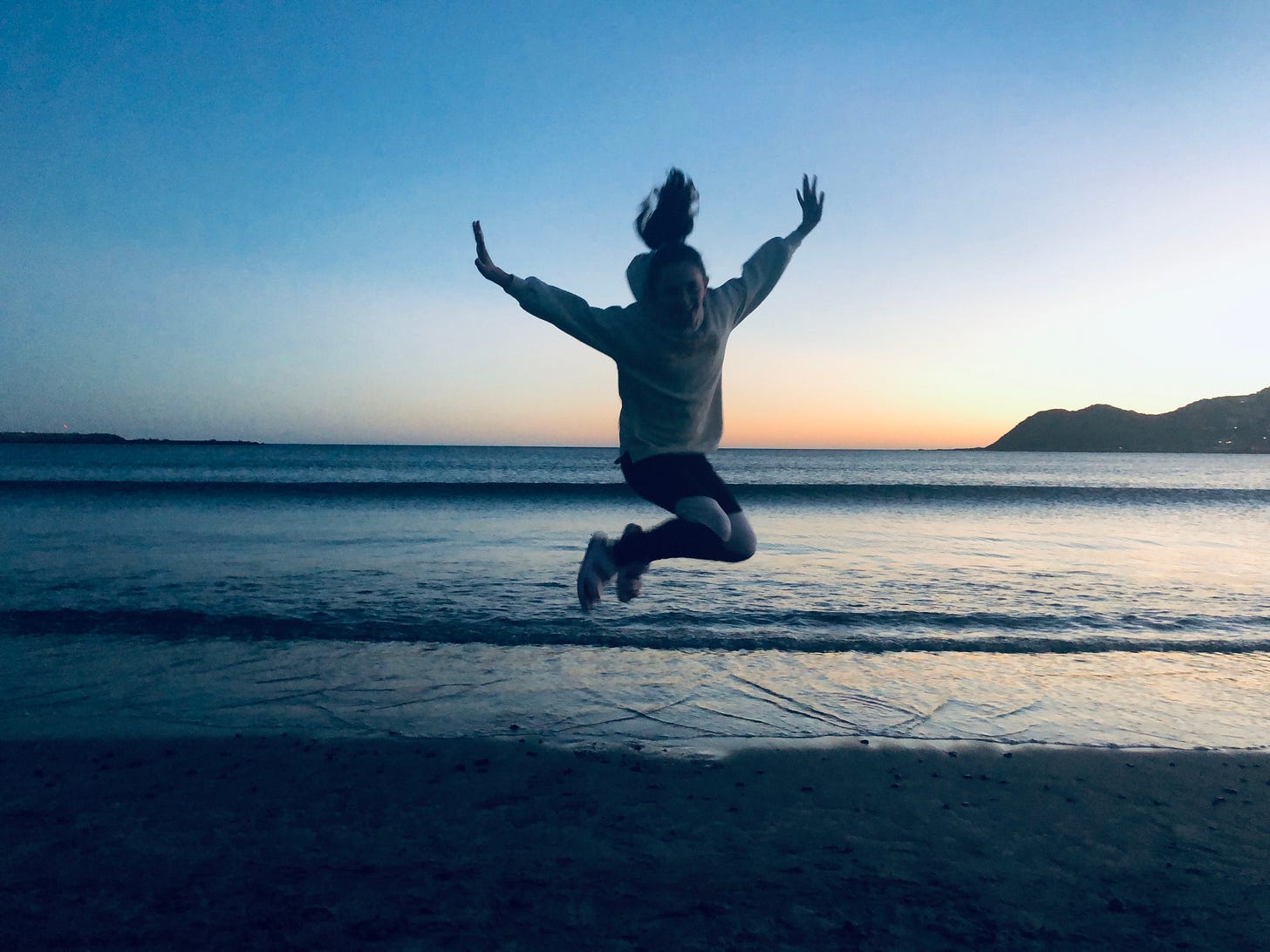VISTA
... He said that where you are is what you are, and how you are, and what you can be. You are in a place that will feed you, that will give you strength, that will give you the ability to do whatever you want.
— Stella Adler talks about Stanislavsky
Let the world around you do the work. Let the room do the work. Let the reader do the work. Reverse the flow and be responsive to your surroundings.
Once an object leaves the frame, once you can no longer touch, smell or taste it, I call it your VISTA, something you are aware of in the world around you, something you can see or hear. It is something that calls you, magnetizes you, beckons your attention.
The light switch, your dog, your car, the local prison, another city, the moon. Your vista is anything outside the frame that helps make your performance more natural by helping you to achieve unselfconsciousness.
Let’s warm up the idea with this exercise.
ROOM SERVICE
To practice allowing the room to do its own work in the scene, try this simple exercise I call Room Service. Your 5 senses will bring your attention into the room so that the room can serve your work.
Acknowledge in the room around you:
5 real things you can see right now
4 real things you can hear right now
3 real things you can touch right now
2 real things you can smell right now
1 real thing you can taste right now
Now you have allowed yourself to acknowledge the reality of the room around you, try this exercise.
EXERCISE: BATHROOM
From where you are right now, identify the nearest bathroom. Let it call you.
Can you feel how the bathroom summons your attention away from the device on which you are reading these words? The bathroom is doing all the work. You might glance in the direction of the bathroom. You might get up. Maybe it is occupied. Your impulse subsides, you will wait. Or maybe you will put away your device and head in that direction.
These impulses to look and maybe even move, are born out of your awareness of the world around you and the way it draws you.
Here’s a brief scene which plays with two examples of Vista we can all easily access: your phone and a bathroom.
Play with the scene. Swap the roles. Put your phones in the bathroom.
A: Shit. I can’t find my phone.
B: Think you left it in the bathroom. Shall I go get it for you?
A: Don’t worry, I’ll get it.
Can you feel how the real-world bathroom and your real-world phone are creating impulses for you to glance — look — move?
OK, now let’s go further away.
EXERCISE: CAR
Identify where your car is and ask yourself this question: Did you lock the door?
Once you trick yourself into feeling doubt that your car is secure, you will feel that your attention is drawn in the direction of your car. If you left something really precious in the car, your impulse will be stronger, and you may move towards the door, or even out the door. If there is nothing to worry about, your impulse will just be a mild curiosity. Either way you will feel the energy of the car magnetizing you in some way, like a lodestone.
LODESTONE
An ancient Indian medical text describes using a lodestone, a naturally magnetic rock (magnetite), to pull out iron-tipped arrows embedded in a person's body.
When a location or an object is away from you, it becomes your lodestone. It magnetizes your attention and allows your body to reflect the power of the world around you — even in the tiniest way. The camera loves to see this tiny infrathin response. Directors can use these impulses to create the physical shape of a scene.
Feel free to comment or ask questions. See you next time!



